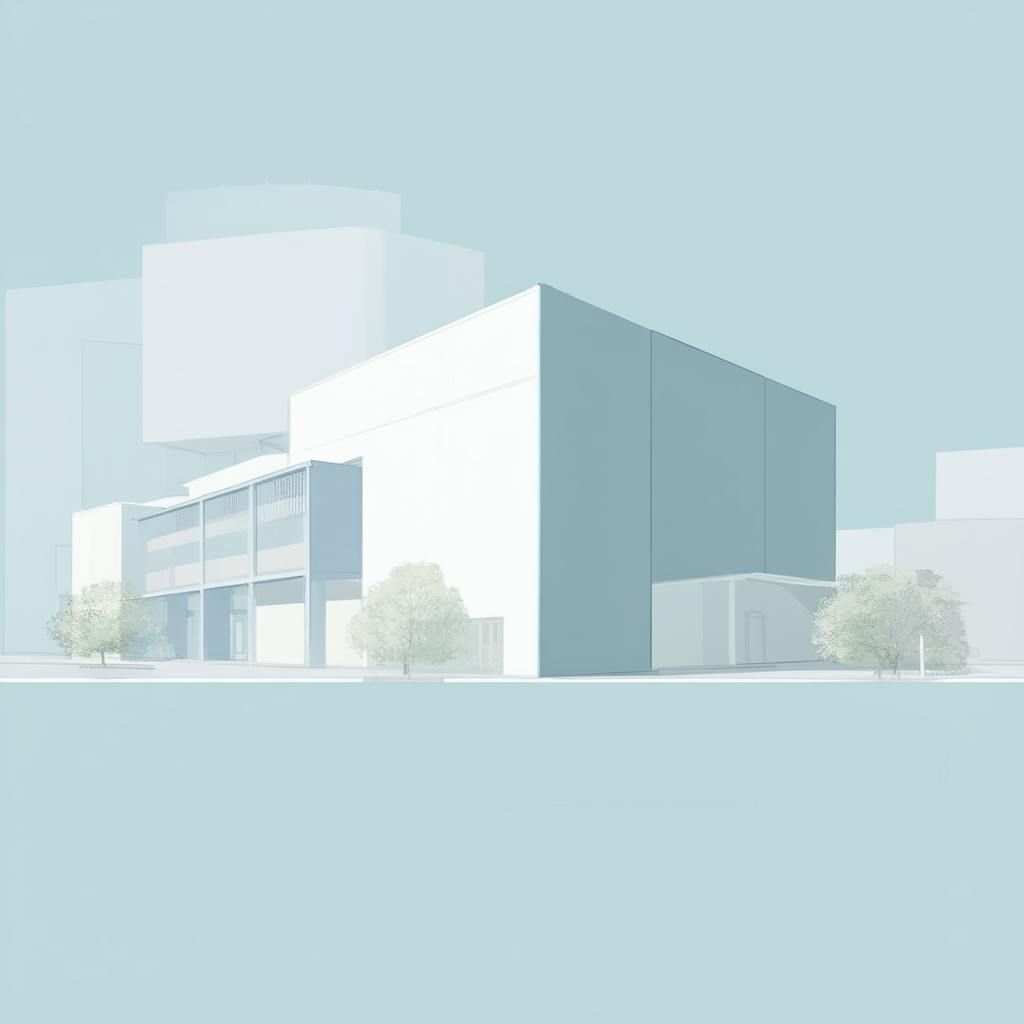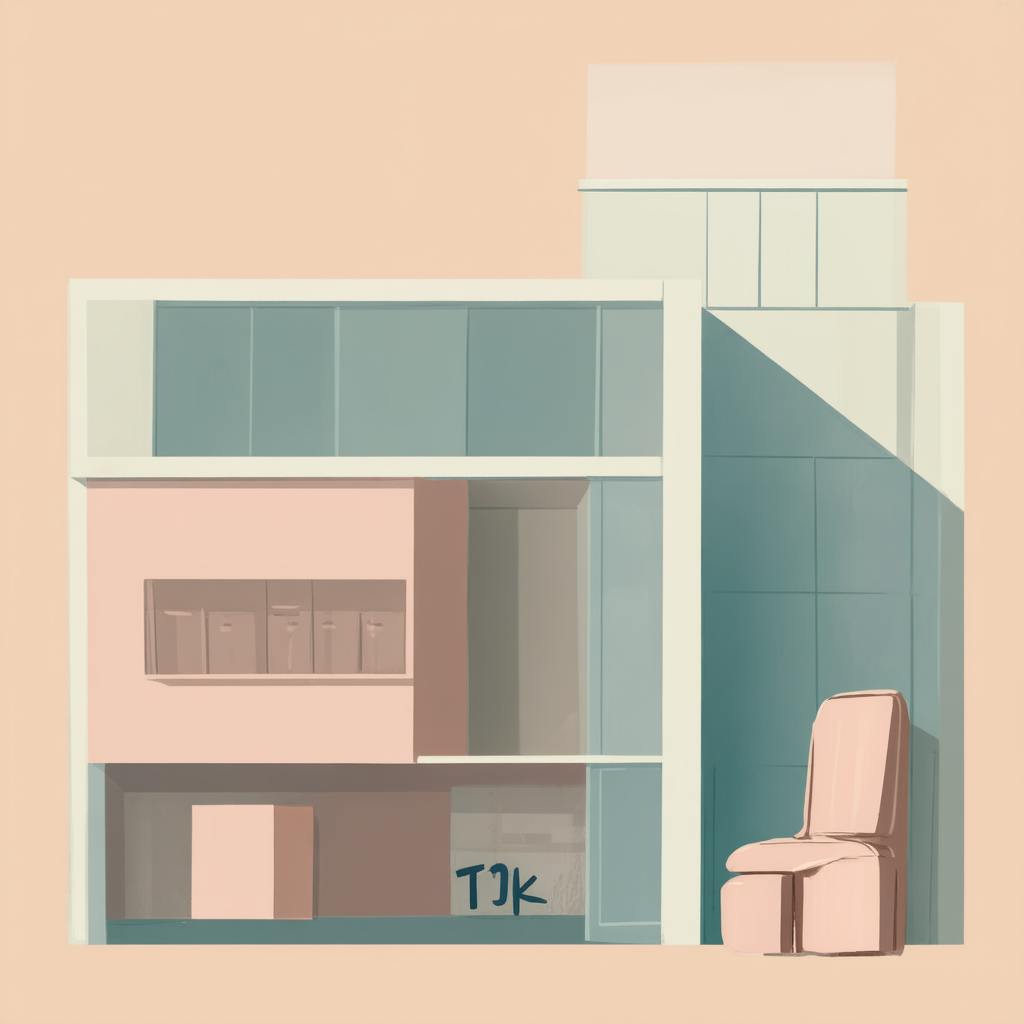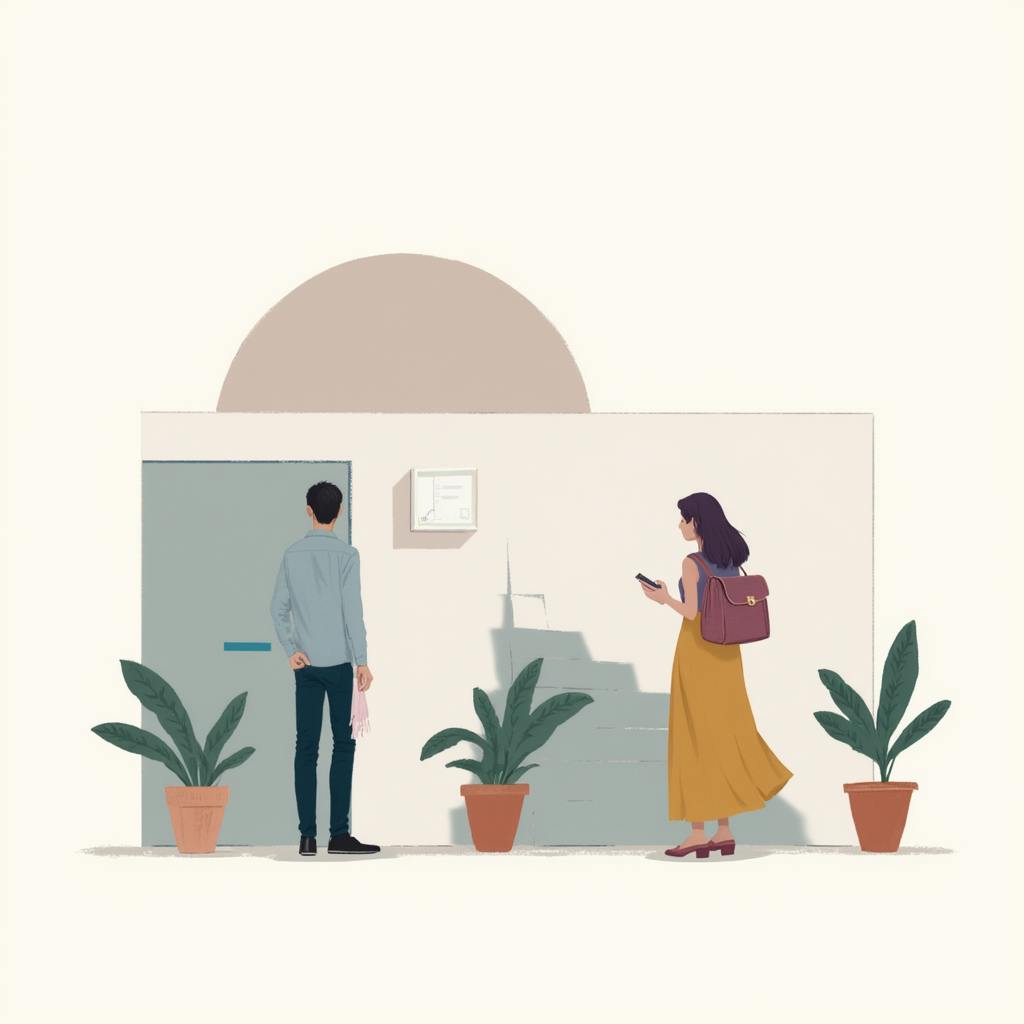Workplace architecture and design are more important than ever. It’s no longer just about how an office looks—it’s about how it works. Smart planning of office layouts, interior architecture, and office environment design directly impacts employee productivity, satisfaction, and well-being. A well-designed workplace not only adapts to technology and workforce needs but also reflects a company’s culture and values.
Why Architecture Matters in Workplace Design
The foundation of good workplace design lies in balancing function with inspiration. By combining thoughtful office planning with modern interior architecture, businesses can create spaces that encourage collaboration, creativity, and efficiency. This means paying attention to how employees move through a space, how they interact, and what tools and infrastructure they need to succeed.
Today, flexibility is key. With hybrid work models now common, offices must support both remote and in-person collaboration. Multipurpose spaces that can be reconfigured are becoming standard. Features like natural light, ergonomic furniture, and biophilic design (bringing nature indoors) not only improve comfort but also boost motivation and focus. Employees feel valued when their environment supports their needs.
Balancing Cost, Sustainability, and Function
A common question in workplace architecture and design is how to balance costs while creating sustainable, future-proof offices. The solution lies in smart space planning and eco-friendly choices. Designing spaces that maximize utility reduces wasted square footage and lowers expenses. At the same time, sustainable practices—like using energy-efficient systems or recycled materials—cut long-term costs and align with corporate responsibility goals.

AI made with Dean Jones
Design and Psychology
The intersection of design and psychology can have profound impacts on the workplace environment. Thoughtful workplace interior architecture contributes to employee well-being, impacting everything from cognitive function to emotional health. Companies that invest in the architectural nuances of their spaces often see a return in the form of increased employee engagement, lower turnover rates, and a magnetic pull for talent recruitment.
Leading design firms and architectural studies consistently show that a well-designed office environment can improve productivity by up to 20%, as reported in a recent study by the World Green Building Council. Additionally, research published in the Journal of Environmental Psychology highlights the positive effects of biophilic and ergonomic design elements in mitigating stress and improving overall job satisfaction.
Case Study: Microsoft’s Redmond Campus Refresh
A great example of workplace architecture and design in action is Microsoft’s ongoing Redmond campus renovation. The company reimagined its headquarters to align with hybrid work needs and sustainability goals.
The project focuses on:
- Flexibility: Open spaces that can shift between individual workstations, collaborative hubs, and event spaces.
- Sustainability: Incorporating energy-efficient systems, mass timber structures, and green roofs to lower environmental impact.
- Employee Well-Being: Biophilic design with natural light, outdoor workspaces, and walking trails to reduce stress and boost focus.
The results have been significant. Employee feedback highlighted higher satisfaction with the work environment, while Microsoft has reported improved collaboration and stronger attraction of top talent. This case shows how thoughtful architecture can support both business goals and employee well-being.
FAQ: Workplace Architecture and Design
Welcome to our comprehensive FAQ article dedicated to the topic of workplace architecture and design. Here, we aim to provide insightful answers and information on how architecture and design principles shape modern work environments.

AI made with Dean Jones
What is the role of an architect in designing a workplace?
Architects do much more than draw up floor plans. They research business needs, plan space for different activities, choose materials and layouts that match the brand, ensure compliance with safety codes, and manage projects from start to finish. Their role is to bring both creativity and practicality to the workplace.
How can workplace design impact employee productivity and satisfaction?
Ergonomic furniture, flexible spaces, wellness-focused features like greenery and light, and good acoustics all play a role. When employees feel comfortable and supported, they work more efficiently and experience greater satisfaction. A design that reflects company culture also builds pride and belonging.
What are the latest trends in workplace architecture and design?
- Hybrid workspaces with flexible layouts and tech for remote collaboration.
- Biophilic design that brings natural elements indoors.
- Activity-based design with tailored spaces for focus or teamwork.
- Sustainable practices like eco-materials and energy efficiency.
- Smart technology such as IoT and responsive office systems.
- Inclusive design that supports diverse employee needs and accessibility.
We hope this FAQ has provided valuable insights into workplace architecture and design. If you have further questions or need guidance on applying these principles, consulting a professional architect or design expert can help tailor solutions to your specific workplace needs.
Conclusion
In today’s evolving work landscape, workplace architecture and design go far beyond aesthetics. They’re about creating spaces that drive productivity, support well-being, and express company culture. By blending smart planning, sustainable choices, and human-centered design, businesses can build workplaces that inspire today and adapt to tomorrow.

